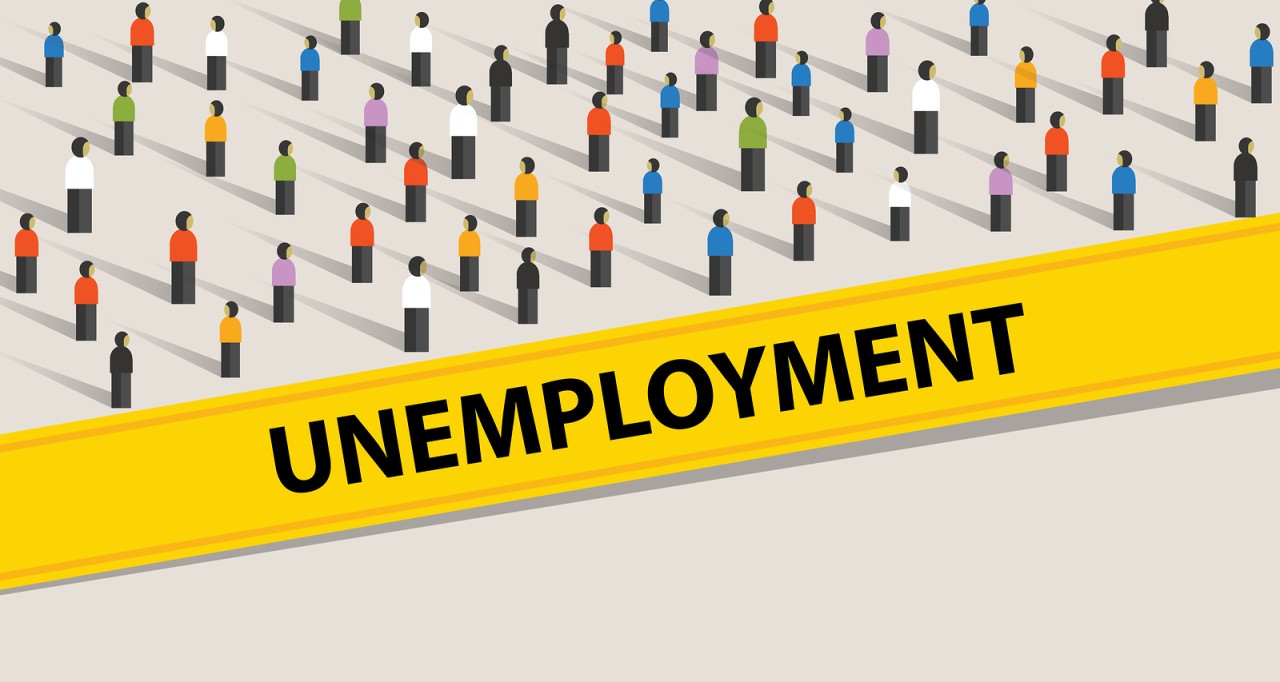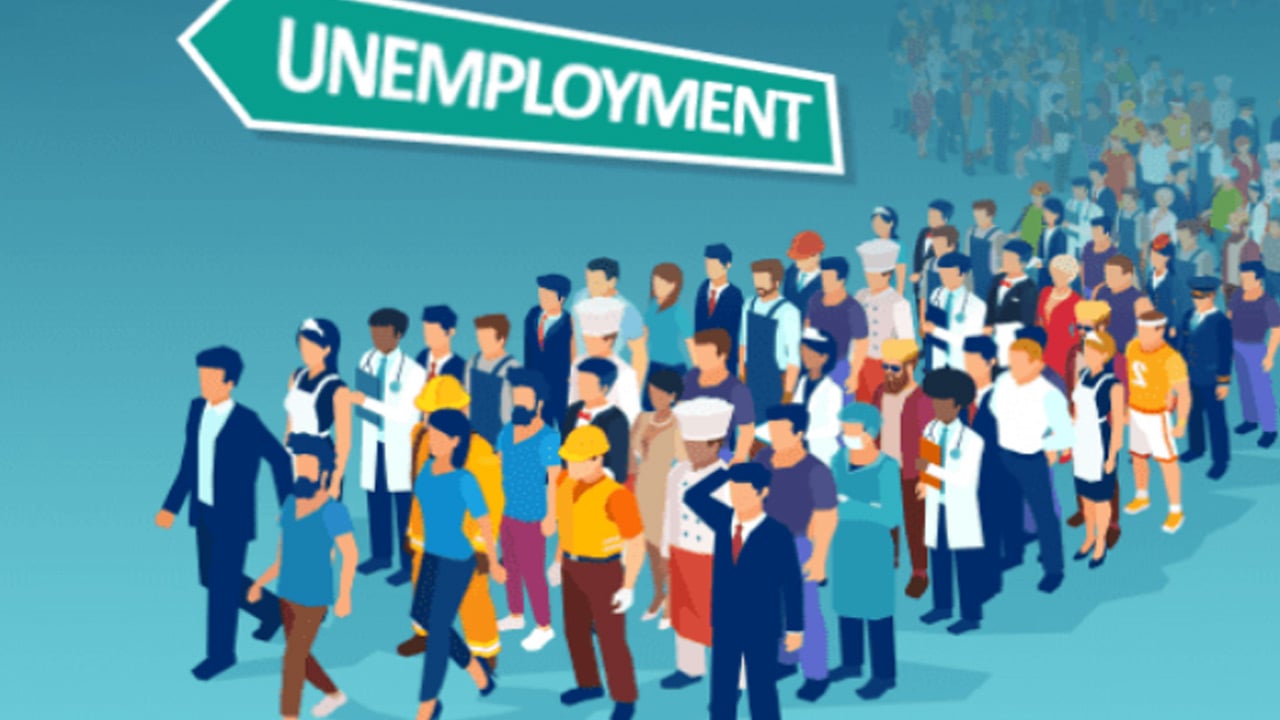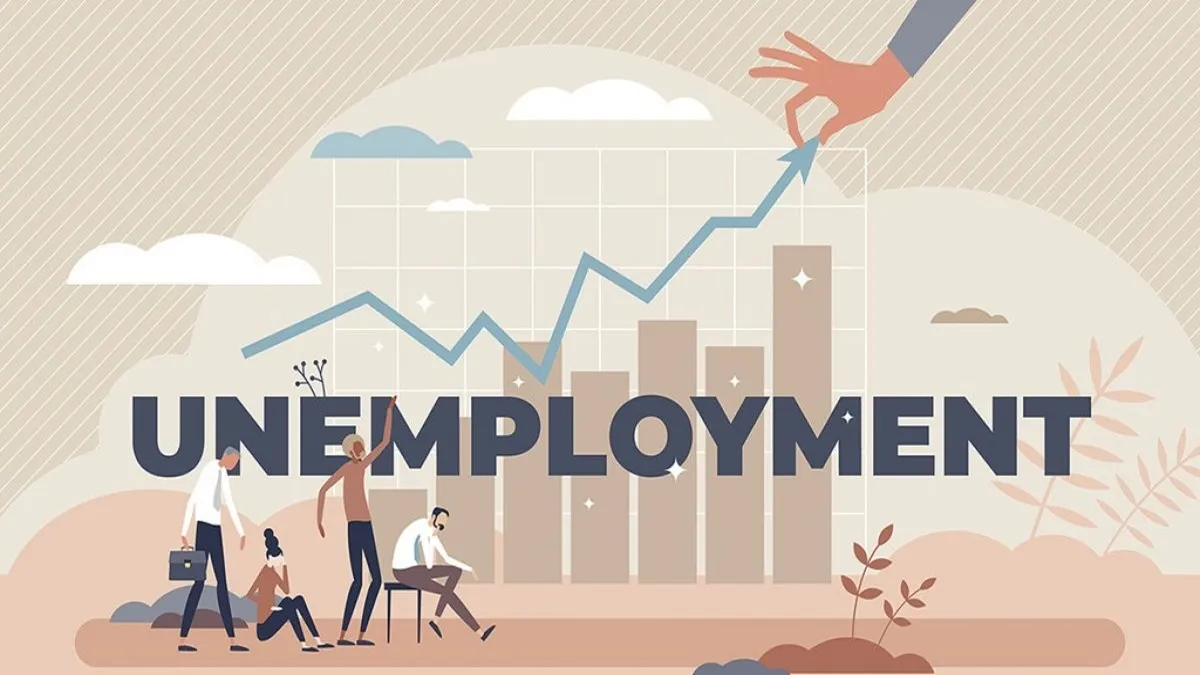In recent developments that have caught the attention of economists and policymakers alike, the U.S. labor market and its joblessness have exhibited signs of a slowdown, with unemployment claims reaching their highest point in over eight months. This rise in weekly jobless claims, as reported by the U.S. Labor Department, marks a significant uptick and has sparked discussions about the potential recalibration of economic policies.

A Closer Look at the Numbers
For the week ending May 4, initial claims for state unemployment benefits surged by 22,000 to a seasonally adjusted total of 231,000. This is the largest increase observed in nearly four months and is notably higher than the previous stable range of 194,000 to 225,000 claims.
Analysts had initially forecasted claims to be around 215,000, highlighting a marked deviation from expectations.

Contributing Factors and Economic Implications
The increase in jobless claims could be partially attributed to seasonal fluctuations following the conclusion of spring breaks in schools, which complicates the process of seasonal adjustments.
Daniel Silver, an economist at JPMorgan, highlighted, “Given that the varied timing of school spring breaks and holidays like Easter and Passover makes the seasonal adjustment process very complicated, we often see volatile readings in the seasonally adjusted data around this time of year.”
Moreover, specific regions such as New York saw significant spikes in filings, with some attributing these increases to delayed effects of corporate layoffs earlier in the year. Ian Shepherdson, Chief Economist at Pantheon Macroeconomics, suggested, “The jump could reflect Citigroup employees laid off in January but paid through April making their first claims.”
The most dysfunctional state in America? Soaring unemployment, sky-rocketing debt and punishing taxes send residents fleeing- is run by this guy!
Fat pedo with a fake woman for a wifehttps://t.co/xnjJzxEOvI… pic.twitter.com/LfgmEXtqeS
— Forever Trumper (@FanaTeresafana) May 4, 2024
Market Reactions and Future Outlook of Jobs
Despite the uptick in unemployment claims, the overall sentiment in financial markets remained cautiously optimistic. The dollar experienced a slight decline against a basket of currencies, and U.S. Treasury prices showed mixed results.
This suggests that while the labor market cooling is a concern, it has not yet triggered widespread panic among investors.

Looking ahead, the focus shifts to the Federal Reserve’s next moves. With inflation data on the horizon and expectations of potential interest rate cuts, the market is bracing for more definitive indicators of the Fed’s policy direction in the coming months.
Christopher Rupkey, chief economist at FWDBONDS, commented, “The labor market shows some signs of rebalancing with fewer job openings posted around the country, and now company layoffs are picking up, hinting at caution on the part of companies as they weigh the outlook for the second half of the year.”
A Balancing Act
As the U.S. labor market undergoes a phase of adjustment, the implications for economic policy and employment strategies are significant.
With initial claims reflecting only a snapshot of the broader economic landscape, ongoing monitoring and analysis will be crucial in navigating the evolving challenges and ensuring a balanced approach to labor market dynamics and economic growth.










